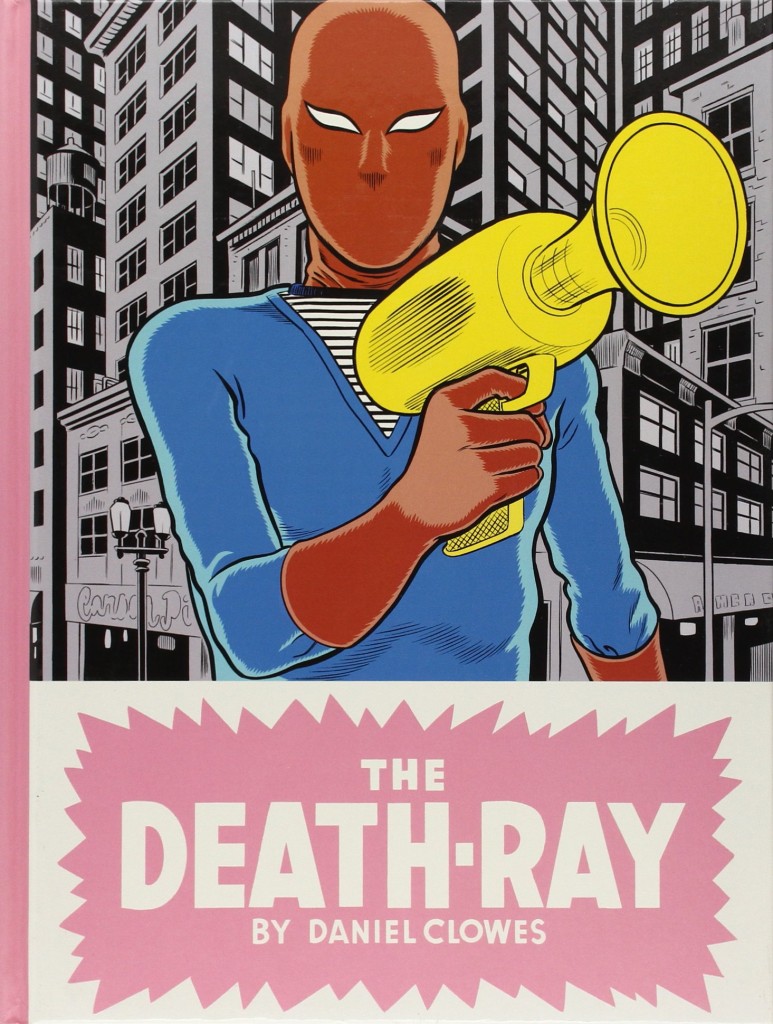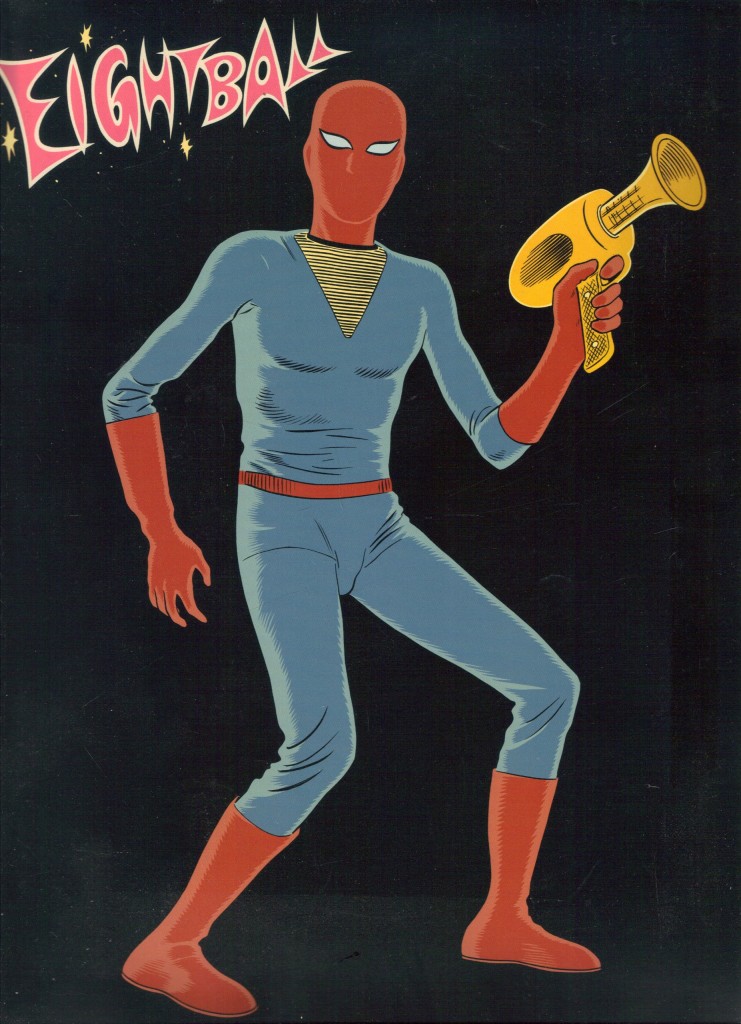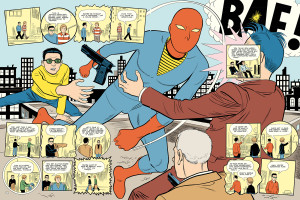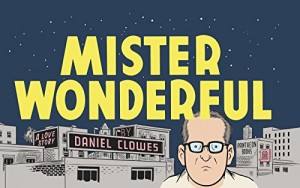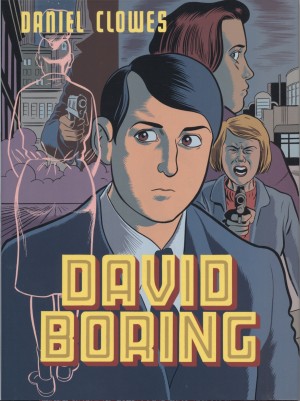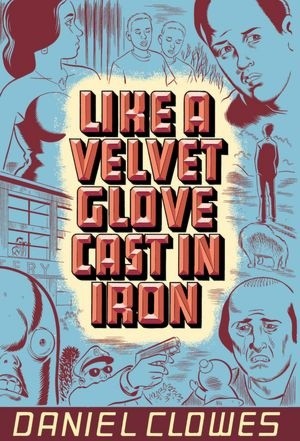Review by Woodrow Phoenix
Andy is a teenage misfit, an orphan who lives with his grandfather. He is quiet, skinny and unremarkable, ignored by all the kids at school until a disaffected, emotionally stunted boy called Louie singles him out for attention. Louie’s obnoxious acting-out isolates him from everyone, and with no other friends, he pushes the meek Andy into pair-bonding acts of rebellion. When he gives Andy his first cigarette, it has an incredible effect on the spindly boy and he is transformed into a being of super strength. This is only the first part of his metamorphosis. Andy’s dead father was a scientist who made his infant son into a test subject: he has another, stranger and scarier power which can only be channeled through a bright yellow gun-shaped device. It looks like a children’s toy, but when he points it at someone, Andy can make them disappear. He can erase people from reality as if they never existed.
So far, so typical. The oppressed weakling who becomes more than human is one of the corniest but most traditional tropes of superhero comics, and there is a definite echo of Steve Ditko’s angry teenage Spider-Man in Andy. After being bitten by a radioactive spider, the bullied and humiliated Peter Parker gloried in his new power to smash in the teeth of anybody who crossed him. Spidey could take his frustrations out on supervillains, but Andy has no such outlet. He doesn’t have the imagination or confidence to know what to do with his new powers. Instead he has the damaged Louie who is eager to exploit them to settle a few scores.
The Death-Ray could be described as a lower stakes, slacker version of Watchmen, but where Moore and Gibbons played out their real-world superhero study in an environment filled with heroes, villains and dramatic set-pieces, Daniel Clowes has no interest in any of that. He uses all the mechanics of comics storytelling to undercut the typical action sequences, designing his layouts to continually deny the reader any experience of what Andy’s powers can do. The cover of this book, electric, tense and dynamic, is a fake-out. A dream. From the deadpan way the story begins, to the style of short chapters that encompass several different points of view and unseen interviewers, to the way important details are just off the edge of a panel or cut short, only one thing is certain. Andy is a mess. He’s adrift. This is a psychological study of alienation.
The Death-Ray was originally published as a single issue of Eightball in 2004. This new hardcover edition is essentially the same material in a new cover with new endpapers and title page. It’s beautifully designed, with Clowes hand-lettering every word of the book including indicia to give it the feeling of a consistent, self-contained artifact from another place. This is a brilliantly conceived and executed tour through a landscape of doomed characters frequently seen in Clowes’ work, with funny moments mixed in with the misery and self-delusion. Is any of it real? Read it again and see if you can untangle the twisted lines of Andy’s recollections. Misanthropy is rarely this lovely to look at or so expertly crafted.
